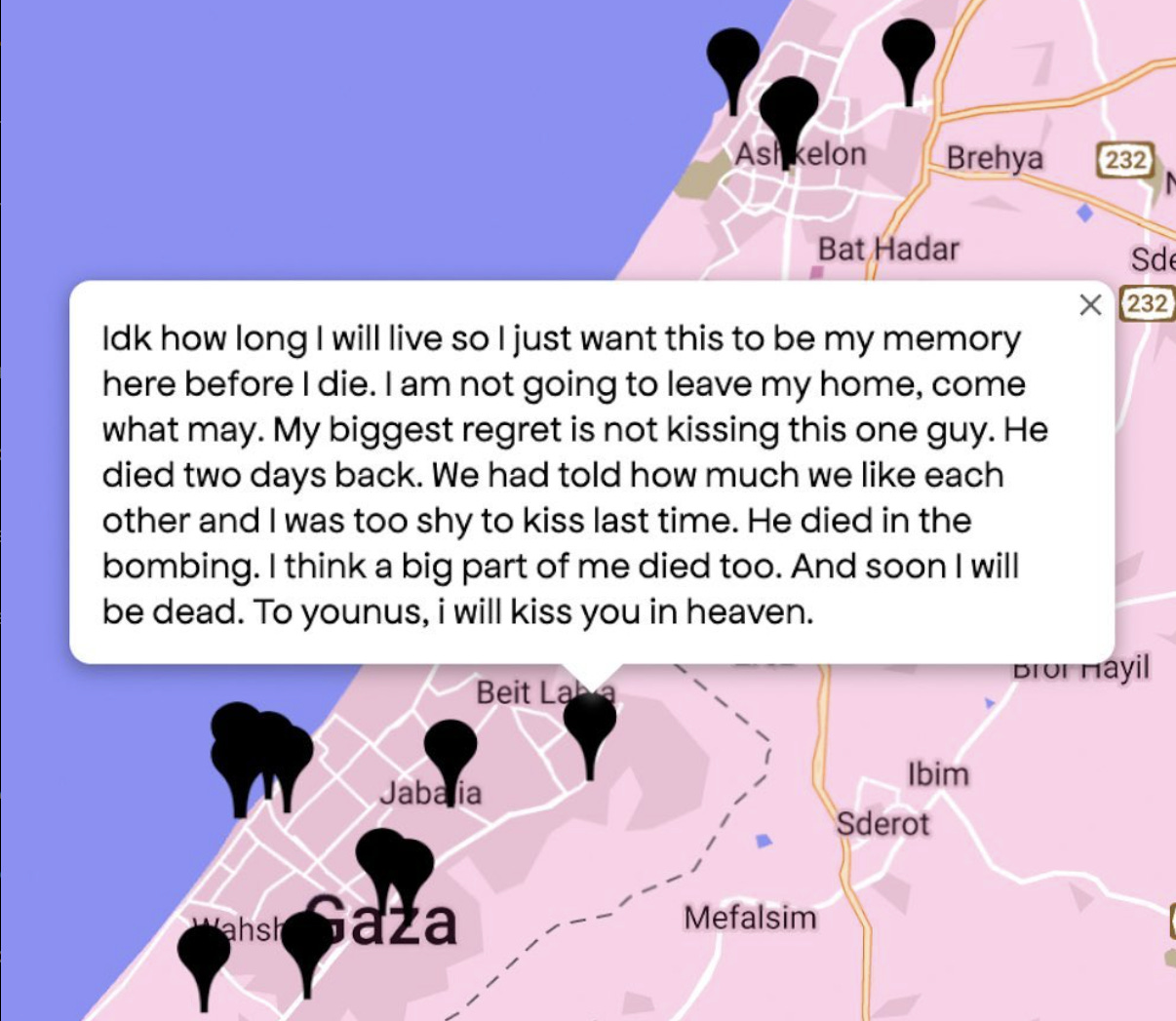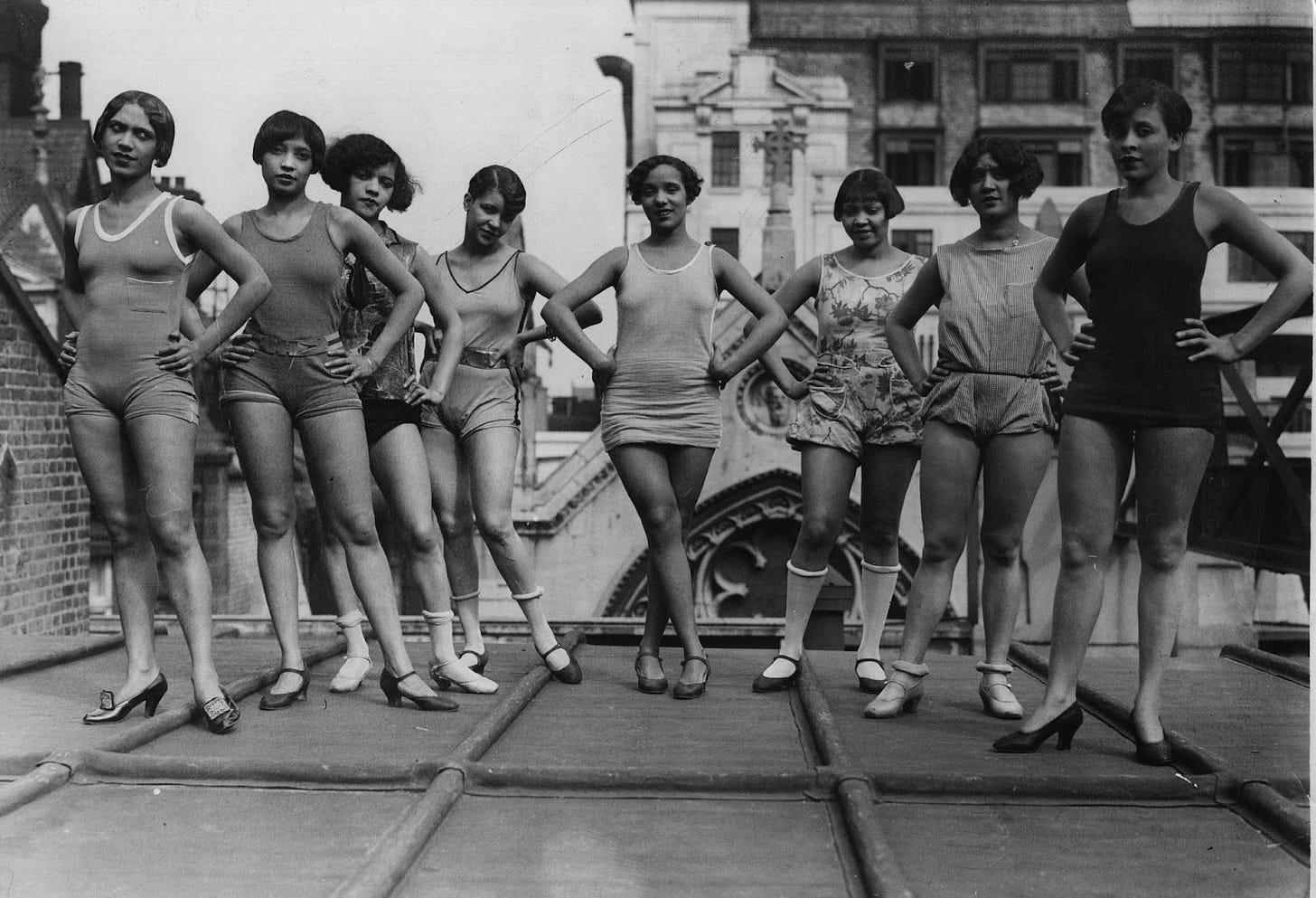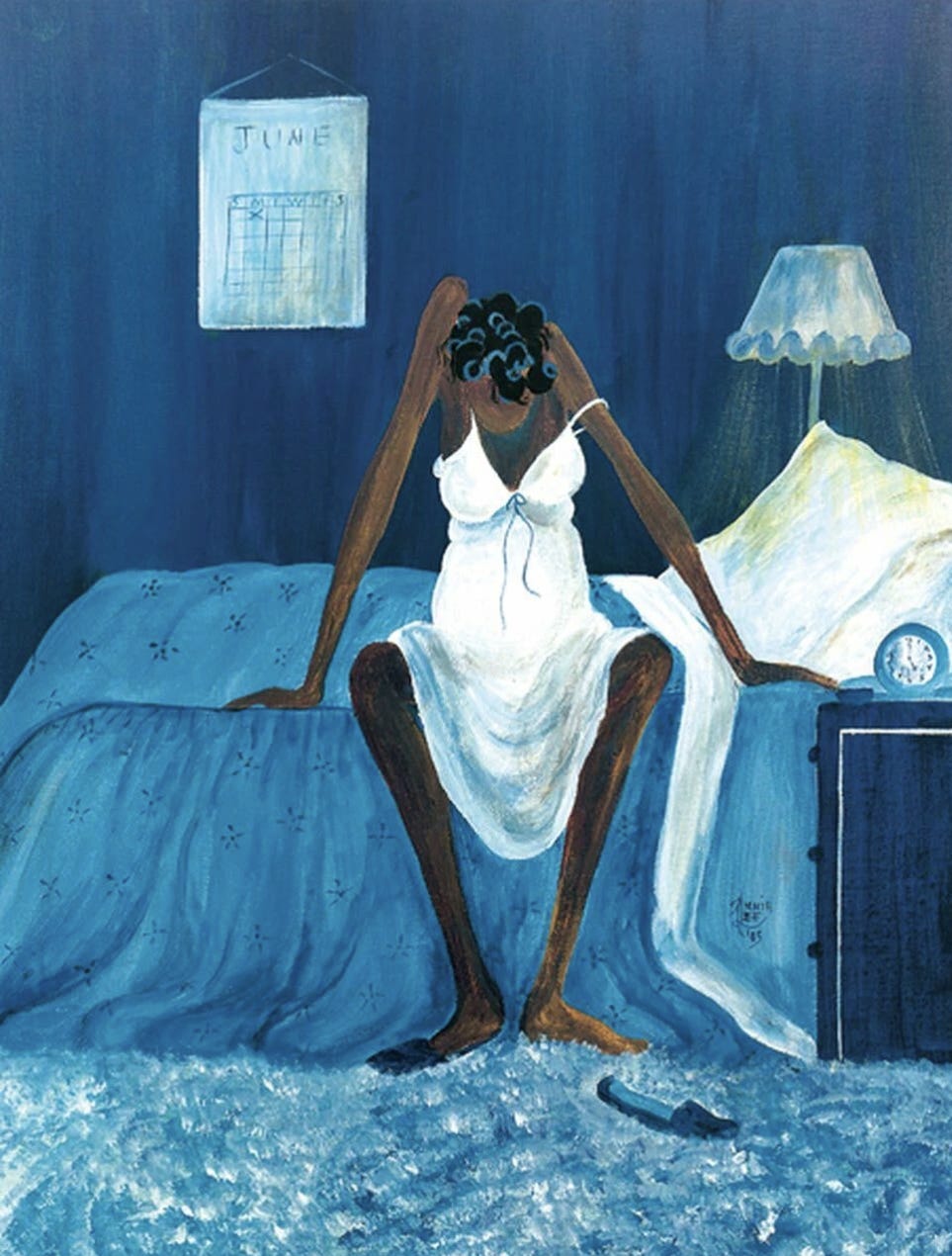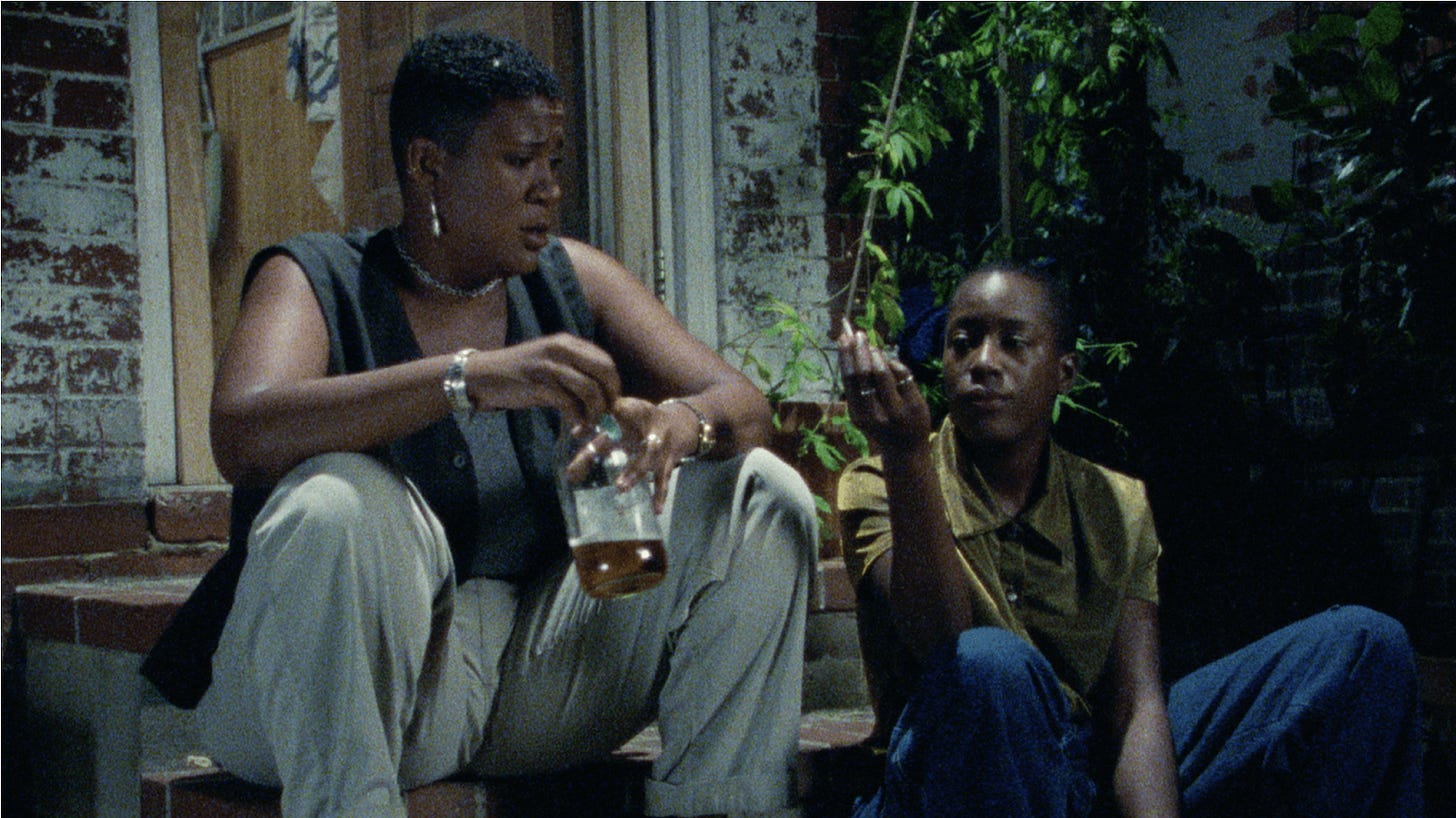For Your Reference #005
On Pride and love at the end of the world
The Reading Room is an independent reference library for Black art and culture in Houston, Texas. For Your Reference is a monthly series of recommendations for close reading, watching and listening.

I’ve spent June thinking about queerness as resistance, through love and subversion of societal expectations. What does it mean to love at the end of the world? When people resist, whose stories are allowed to be told? How can we craft an archival narrative that acknowledges the quotidian battles against oppression, whether proud and boisterous or in the still, quiet moments when we decide who and how we want to be? Here are six sources on pride, freedom, and Black queerness that have been getting me through:
READ
Wayward Lives, Beautiful Experiments by Saidiya Hartman

In both queering the archives and uncovering the archives of the queer, Saidiya Hartman is a master. Wayward Lives tells the stories of urban Black women, femmes, and gender non-conforming people who crafted liberatory practices, communities, and spaces to define themselves on their own terms. This book has been a reminder that when the keepers of the archives seek to vilify those who live and resist at the margins, queer stories will always remain— and there will always be people who seek to bring them to light. Wayward Lives, Beautiful Experiments is available to browse in the library.
Tenderness: A Black Queer Meditation on Softness and Rage by Annika Hansteen-Izora
Y’all…I’m tired! I’ve increasingly found myself dragging myself out of bed in a way reminiscent of Annie Lee’s 1983 painting, Blue Monday. It can be really difficult to make peace with the sadness, frustration, rage, and exhaustion the last few years have brought onto everyone. In a world where Black queer people are denied their ability to slow time and be granted softness and care, Tenderness: A Black Queer Meditation on Softness and Rage has been on my mind. Author Annika Hansteen-Izora writes, “As we collectively work to change our material conditions, we also must not forget the war that wages against our hearts, imaginations, and spirits. Here, tenderness arrives as an ancient call to alchemize our heartbreak into new realities. We are a part of a long range imagination that finds power in our capacity to individually and collectively nurture.” Tenderness: A Black Queer Meditation of Softness and Rage is available to browse in the library.
Pleasure Activism: The Politics of Feeling Good by Adrienne Maree Brown
With the resurgence of conservative beliefs surrounding sex, sexual health, and access to sexual education, Pleasure Activism crafts a manual for pleasure-based liberation based on the praxis of Black, queer, and/or disabled writers. Even if it exists outside of the realm of physical pleasure, I encourage you to ask yourself: How can you foster a relationship with yourself and your body/flesh that can craft it into being a tool for joy and a weapon against the state? Pleasure Activism: The Politics of Feeling Good is available to browse in the library.
WATCH
The Watermelon Woman (Dir. Cheryl Dunye, 1996)
In The Watermelon Woman (1996), director, writer, and lead actress Cheryl Dunye tells the story of a Black lesbian living in New York City exploring the “mammy” role of 1930s Black actress Fae Richards. The difficulties created by the caricaturization and fetishization of Black women emerge as a shared reality for Cheryl and Fae, and they continue to present themselves in the present day. All too often, queer community centers white voices whilst antagonizing Black femmes. However, the regeneration of films like Watermelon Woman has been validating and feels like a step in the right direction. Click the link to watch the full film on Archive.com.
Tandi Iman Dupree performing “I Need A Hero” (Bonnie Tyler) at the Miss Black Gay America Competition 2001
I’ve seen lots of people bringing attention to William Dorsey Swann, America’s first self-proclaimed drag queen. Swann’s naming of this identity was heavily influenced by the crowning of queens at Emancipation Day parades in the years following Juneteenth. This performance by Tandi Iman Dupree was my first introduction to drag as a queer performance when it was first uploaded to YouTube in 2009. All month, this video has reminded me that queer and Black liberation have always been tied together, and that carefully crafted performances are a beautiful way for these things to be seen. For more on Black queer performance and movement, Voguing and the House Ballroom Scene // New York City 1989-92 is available to browse in the library.
LISTEN
Donna Summer performing “Love to Love You Baby,” Live at the Universal Amphitheater, Los Angeles/1978
Sensuality is a heavily policed thing. In this live recording, Donna Summer lets it run wild. As an avid disco fan and young queer, she was one of the first icons I fell in love with because of how she embodied sensuality, pleasure, and confidence in taking up space. Despite not being queer herself, Donna Summer has remained in my head, with her performances as examples of how sound and stage can do this work. Given the history of discos as sites created and sustained by queer freedom and joy, this recording provides a rich backdrop for what it felt like to be in spaces like these that existed long before me.
Thank you for reading! Browse the library’s collection on our website and follow The Reading Room on Instagram for updates on our monthly programs and events.





Sooo good
The image from Queering the Map almost brought tears to my eyes. This month’s FYR so beautifully holds grief, joy,& love in such balance— I really appreciate your words. Watermelon Woman has been on my watch list, let me stop waiting and watch it ASAP!